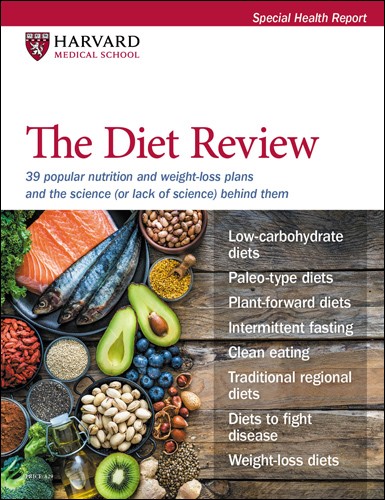FDA urges the food industry to cut back on salt
Research we're watching

Last October, the FDA called for the food industry to voluntarily cut the amount of sodium (a main component of salt) in processed, packaged, and prepared foods. Those products provide about 70% of the sodium in the typical American diet, which includes an average of about 3,400 milligrams (mg) of sodium per day.
The new targets seek to lower the average sodium intake by about 12% over the next two-and-a-half years, down to about 3,000 mg per day. That amount is still above the 2,300 mg recommended by the federal dietary guidelines, but it's a start. Consuming too much salt can boost blood pressure and raises the risk of heart attack and stroke.
In the meantime, try to eat more fresh, unprocessed foods and cut back on the saltiest foods in your diet (or seek out lower-sodium versions). The top sources of dietary sodium include breads and rolls (because people eat them frequently), cold cuts and cured meats, pizza, poultry dishes (such as rotisserie chicken and chicken nuggets), soup, and sandwiches (including burgers).
Image: © AndreyPopov/Getty Images
About the Author

Julie Corliss, Executive Editor, Harvard Heart Letter
Disclaimer:
As a service to our readers, Harvard Health Publishing provides access to our library of archived content. Please note the date of last review or update on all articles.
No content on this site, regardless of date, should ever be used as a substitute for direct medical advice from your doctor or other qualified clinician.
















